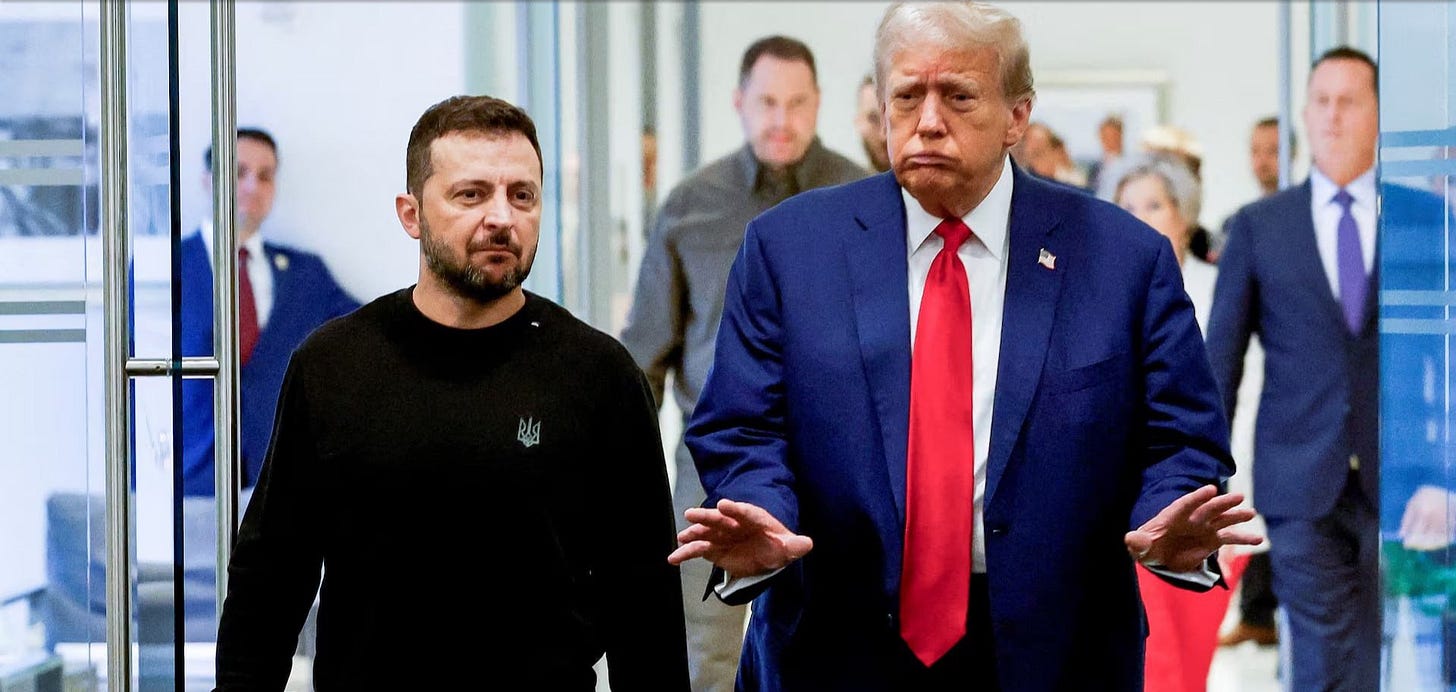Why American Transactionalism Will Never Deliver Peace To Ukraine
Escalation management, make it anti-woke
According to the Russian press for the Oreshnik intermediate range ballistic missile (IRBM), which is “believed to be a direct derivative of the existing RS-26,” it ought to terrify the world with “six independent re-entry vehicles” in a warhead that “weighs about 1,800 pou…
Keep reading with a 7-day free trial
Subscribe to Polemology Positions to keep reading this post and get 7 days of free access to the full post archives.


